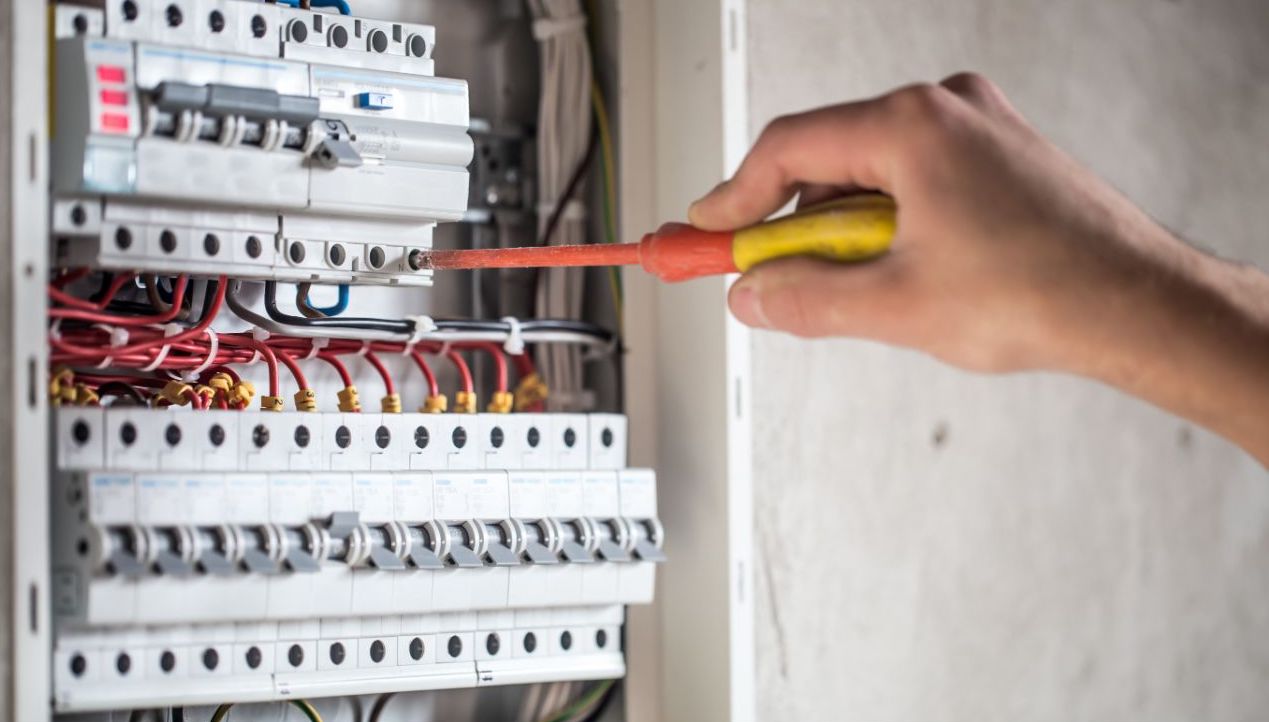
 May 6, 2021
May 6, 2021

Companies or private individuals that need to have any construction work-related job done rely on other professionals, such as subcontractors. Hired by a contracting firm solicited by the business or the person, different types of subcontractors are able to tackle multiple areas of construction work, depending on the nature.
Many activities take place in construction — from plumbing, HVAC installation, electrical works, painting, and many more. It’s impossible to depend all of these projects on a single person alone. Instead, a group of skilled subcontractors are tasked to perform them, with the understanding that they will meet the quality standards set forth by the contractor and the project owner. If you’re in need of professional subcontractors that specialize in a wide array of trades, identifying the different types that exist is crucial. Read on to learn more.

Plumbing subcontractors, as the name suggests, are those that deal with anything plumbing-related. These are the people that make sure any structure or building’s water supply is in order. They may make physical modifications to the actual building to ensure that the pipeline systems are strategically fit. Another responsibility they have is to ensure that all plumbing-related systems and waterworks receive ample supply of clean and potable water at an ideal pressure.
The tasks mentioned aren’t the only ones that plumbing subcontractors can do. Sometimes, they also cover work on a property’s waste disposal system, gas connections, water heaters, tankless heaters, and the like.
As these systems involve pipes, one of the most important materials in plumbing, a plumbing subcontractor is expected to understand how to work with them as well as resolve any issues encountered with fluid transmission.
Heating and air conditioning — also referred to as HVAC — is any system that involves these two aspects, with the addition of ventilation. HVAC systems are responsible for properly regulating a temperature inside a building, allowing the occupants to be comfortable.
While it was mentioned before that a plumber may also cover any fluid transmission system, their roles often overlap with that of HVAC subcontractors. However, the latter is more adept at fixing HVAC structures, which is why they’re the more appropriate professionals for the job.
If you’re in need of someone that can install water pumps, condensers, air conditioning systems, cold storage, electric heaters, room heaters, and the like, hiring an HVAC subcontractor or a technician is your best bet.

The job of an electrical contractor is broad in scope. A basic understanding of their job description is that they install and optimize all kinds of electrical systems. They’re also the ones who see to it that your project is able to maximize electrical supply and use, without any such issues like exposed wiring or faulty breakers.
Oftentimes, electrical subcontractors collaborate with other types of subcontractors. This may be the case when it comes to installing a water heating system in a bathroom, for example. A plumber should be able to direct water to the heater, and at the same time, the electrical subcontractor must be able to install the heater properly so that varying temperatures of water pass where they should.
In larger-scale construction work, electrical contractors can be found working with busway systems, lighting fixtures, generator sets, contactors, fire protection work, and many more. A part of their job description is to also be able to supply the right electrical equipment and materials for a particular project.
Painting subcontractors are straightforward, in that they handle paint application, removal, fixing, corner sealing, fixing, and site organization. As subcontractors, they are expected to have all the right materials at hand — from the right paint color, roller, sandpaper, trowel, drop cloth, scaffolding, ladder, pressure washer, and many more. Like many of the subcontractors on this list, painting contractors also work in groups, especially for larger projects and buildings.

When building a structure from the ground up, the roofing is one crucial aspect that needs to be on the list of priorities. This is the structure of the building that not only keeps outdoor elements from seeping indoors, but also protects the occupants from impacts.
With this knowledge, roofing subcontractors plan the layout of the roofing system so that it can provide the best protection and security for the building. For example, they have to use durable and sturdy roofing materials that are able to withstand heavy wind loads experienced by the building. They also work with the project owner to come up with a roofing design that’s not only functional, but also realizes the vision or preference of the owner.
Concrete is present in almost every kind of construction project. What fuels its ubiquity is its natural raw materials that are readily-available. Very rarely will you find a construction project that does not at least call for a use of concrete in its blueprints.
To be able to handle and work with concrete in its different stages, experienced concrete workers are hired. Many factors go into the mixing and curing of concrete — its structural integrity depends on how well the concrete workers are able to do these.
Wherever your construction project may need use of concrete — be it in the walls, cladding, foundation, flooring — have the foresight to hire reliable concrete workers. Doing this will allow you to transform your construction project idea into a buildable reality.
In this guide, you’ve learned the basics about the different types of subcontractors you will encounter in any construction work. No matter the scope of your work, you’ll likely need to depend on one or two of these subcontractors to make it buildable and successful. Ultimately, choosing the right painters, concrete workers, electrical workers, or even roofing builders helps your project to become more organized, cost-effective, and ergonomic.
Looking to hire talented subcontractors for an upcoming project? Contact us at Cross-Link Electric & Construction Corporation now! We can provide you with the right team to bring your construction project plans to life.